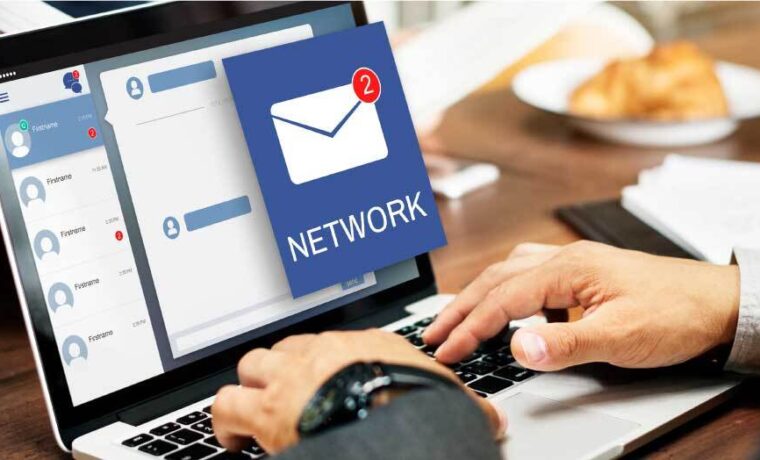Every business is constantly looking for new customers, and in most cases – it all begins with a simple email. For many various reasons, many of those emails can be ignored, left on read, or forgotten about.
Afterward, there are two ways to go about it. You could simply cross out those prospects and forget about them, or you could attempt to re-engage with them again – better known as following up.
Follow-up emails are the second, third, or even fifth emails businesses send to prospects or customers. To be effective, the main rules of email marketing have to apply to them just like with the introductory emails – personalization, providing value and/or a solution to a specific problem, and having the main goal of sparking dialogue and building relationships, not pushing to sell.
Following up on emails can often tip the scales in your favor when pursuing new customers for a few reasons. In some instances, it acts as a gentle reminder to your busy leads who may be very interested in your business but simply missed or forgot your initial email. Other times, it may show prospects going through the decision-making process that your firm is truly interested in them.
There is a thin line between following up on prospects and not respecting their boundaries however. There is a time and place for everything, including follow-up emails.
If prospects explicitly tell you they aren’t interested or unsubscribe from you – it’s probably a good idea to close the door to save you time, avoid disturbing them and not stain your brand reputation.
When prospects show interest in your business, or you’re confident that your product is a perfect fit for them – buckle up and schedule your re-engagement with them – it could make all the difference in the world.
Many great tools can automate the follow-up process for you, saving you time and producing better results at the same time. They also facilitate multichannel engagement sequences, meaning you could follow up with other channels besides just emails. Schedule how many days apart each follow-up will occur, write up a short, personalized template for each follow-up stage, and you’re good to go.
Follow-up emails can be very tricky, but they aren’t optional anymore in modern-day business. Companies that don’t give up after the first try will always outperform those that do. Implementing follow-ups in your outreach campaigns will undoubtedly produce greater open and reply rates, helping you close more deals than before.















